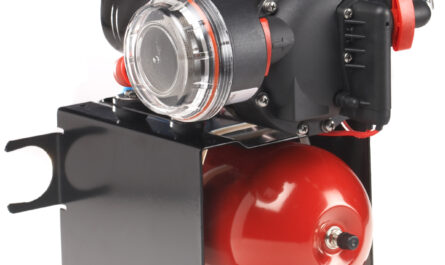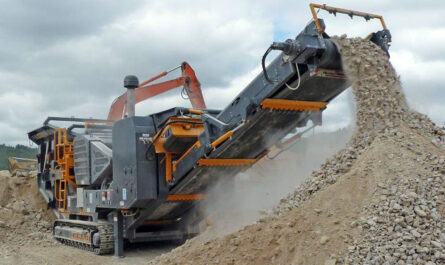Beginnings of Passenger Flight
The earliest commercial aircraft emerged in the years following World War I. As military pilots returned from the war, they sought ways to apply their new flying skills. In the late 1910s and early 1920s, small charter and passenger airline operations started to appear. However, aircraft at this time were still in their infancy and very experimental. Planes were open-cockpit biplanes made largely of wire and fabric that could only carry one or two passengers in addition to the pilot. Flights were dangerous and subject to extreme weather conditions. Nevertheless, these early carriers laid the foundation for commercial air travel.
Developments in the late 1920s
Through the 1920s, Commercial Aircraft technology advanced rapidly. All-metal monoplanes began to replace wood and fabric biplanes, allowing for greater strength and passenger capacity. Engine power also increased substantially during this period. In 1927, the Ford Trimotor entered service, one of the first successful tri-motor aircraft. It could carry up to 12 passengers over longer distances, ushering in the era of scheduled passenger air service. Icons like American Airlines, TWA, and Pan Am were founded during this time to operate growing domestic and international route networks. However, safety issues still plagued the industry, and aircraft were still small.
The Dawn of the Jet Age
After World War II, jet propulsion technology developed for military use was adapted for civilian aircraft. The de Havilland Comet, which first flew in 1949, was the first commercial jet airliner to enter service in 1952. However, several fatal crashes later revealed structural issues with the aircraft, slowing the transition. In 1958, the Boeing 707 launched the modern jet era of passenger travel. Carrying up to 180 passengers at speeds over 600 mph, it dramatically reduced transoceanic flight times and ushered in the jet age. This opened intercontinental routes to mass tourism for the first time.
Advances in Airframe Materials and Design
As jet technology matured, aircraft design advanced as well. New materials like aluminum alloys allowed for lighter, stronger airframes. Wide-body twin-aisle aircraft like the Boeing 747, introduced in 1970, could carry over 400 passengers and revolutionized international air travel. Composites like carbon fiber later made planes even lighter. Fly-by-wire digital flight control systems in the 1980s enhanced safety and maneuverability. Aircraft were designed and optimized for different mission types from short haul to ultra-long range flights. Airlines consolidated into major global alliances to improve route connectivity worldwide.
Modern Airliners and New Technologies
Today’s commercial jets benefit from decades of continual refinement. Advanced airliners like the Airbus A320 and Boeing 737 families dominate the short-to-medium haul markets with seating for 150-200 passengers. Widebodies like the Boeing 777 and Airbus A350 lead in long haul traffic. New engine designs have vastly improved fuel efficiency. Fly-by-wire and computers have made air travel almost routine in safety and reliability. Emerging technologies are on the horizon, from hybrid-electric aircraft to automation. Drones and autonomous systems may transform logistics. Meanwhile, new competing designs from China’s COMAC seek to disrupt the duopoly of Airbus and Boeing. Overall, commercial aircraft have come a long way from the pioneering biplanes of a century ago, helping connect the world through affordable and accessible air travel.


